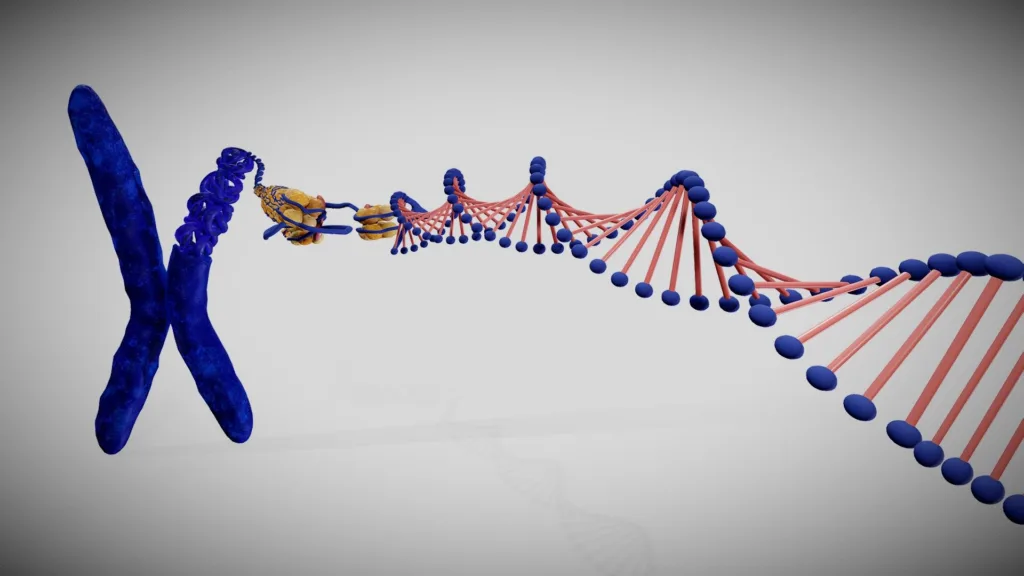
In a major step forward for biomedical research, scientists at the University of Missouri have developed an AI-powered tool that can reconstruct the 3D structure of chromosomes inside individual cells — revealing how gene activity varies from cell to cell and how these differences may lead to disease, including cancer.
Understanding the 3D Genome
Chromosomes store our DNA, but they’re more than just containers. Because each cell holds roughly six feet of DNA, it must be folded compactly — and precisely. This 3D folding not only allows DNA to fit within the nucleus but also plays a vital role in regulating gene activity.
“When DNA folds the wrong way, it can disrupt normal cellular processes and contribute to diseases like cancer,” said Yanli Wang, a graduate student at Mizzou and lead author of the study.
A New View at the Single-Cell Level
Until now, scientists have depended on data averaged across millions of cells, and this treatment has ignored the subtle but meaningful differences between individual cells. The new AI model, created by Wang with Dr. Jianlin “Jack” Cheng at Mizzou’s College of Engineering, solves that problem.
“This is important because even cells from the same tissue can have folded chromosomes differently, and that difference plays a role in which of the genes are turned on or off,” Wang said.
How the AI Works
Single-cell genetic data is often noisy or incomplete, making it difficult to extract meaningful 3D structures. But Mizzou’s AI model is specifically designed to handle these challenges. Key features include:
- Noise resilience: The model detects weak patterns in messy datasets.
- Predictive accuracy: It reconstructs the 3D shape of chromosomes, even with missing data.
- Rotation invariance: The AI understands spatial structure regardless of orientation.
- Improved performance: It’s more than twice as accurate as previous deep learning methods for single-cell data.
Free Global Access
The researchers have made the software freely available to scientists around the world. This enables global researchers to use the tool in studies related to gene regulation, disease development, and personalized medicine.
“Every single cell can have a different chromosome structure,” said Cheng, a Curators’ Distinguished Professor of Electrical Engineering and Computer Science. “Our AI helps scientists visualize those differences in unprecedented detail.”
A Full Genome View
The team’s next goal is to scale the tool to model entire genomes at high resolution. This could eventually allow for a full 3D map of every chromosome in a single cell — offering the clearest picture yet of the genetic blueprint that governs health and disease.






